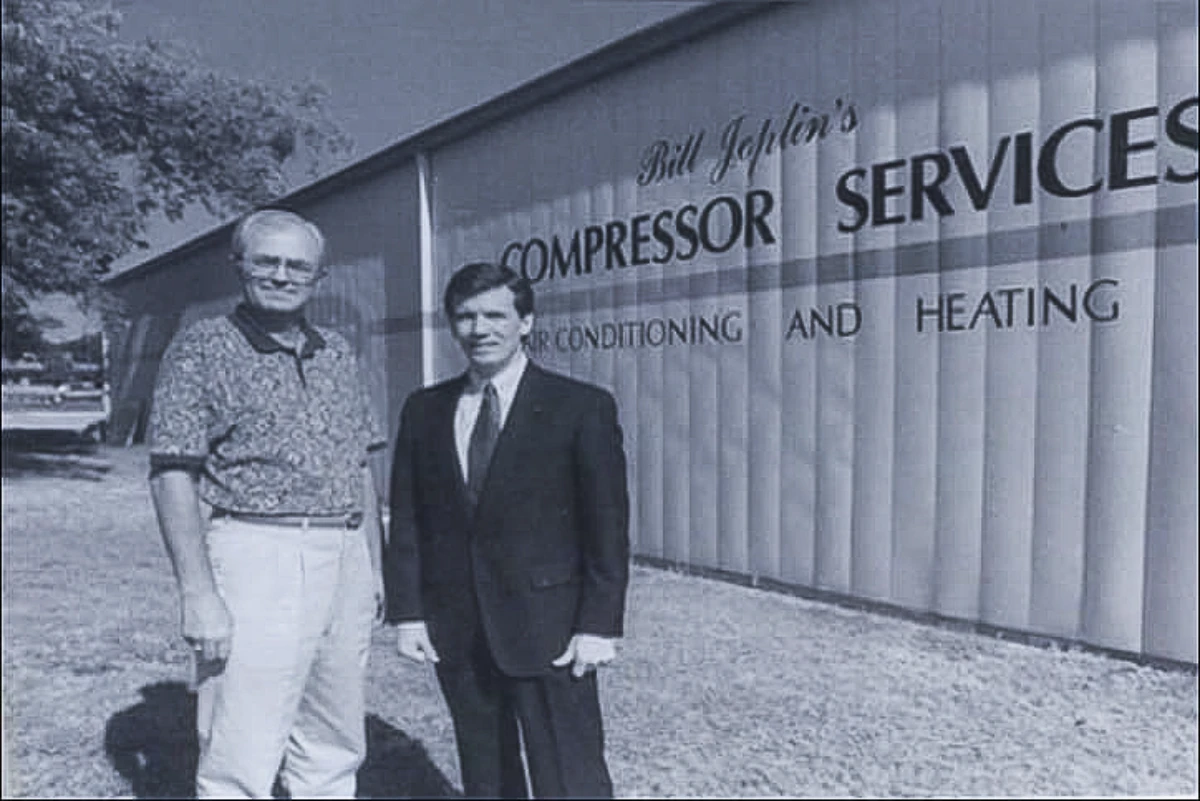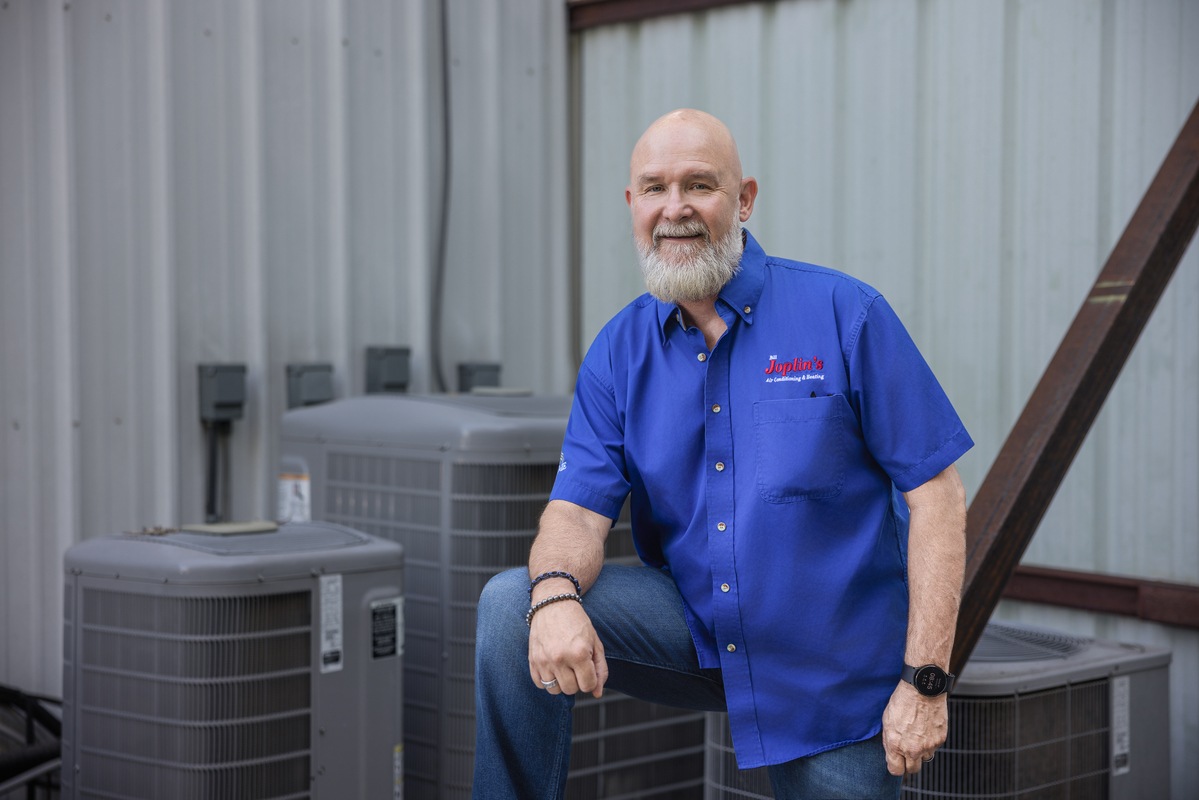Commercial HVAC Installation in Plano, TX
When your business requires a new commercial HVAC system, the installation process demands precision, expertise, and comprehensive understanding of both your building’s unique requirements and the latest industry technologies. At Bill Joplin’s Air Conditioning & Heating, we’ve been providing professional commercial HVAC installation services throughout Plano and the surrounding North Texas communities since our founding in 1978. Our extensive experience spans everything from small retail spaces to expansive office complexes, manufacturing facilities, and multi-story commercial buildings that require sophisticated climate control solutions.
The commercial HVAC installation process begins long before any equipment arrives at your property. Our team conducts thorough load calculations using Manual N methodology specifically designed for commercial applications, which considers factors including building orientation, window placement, insulation levels, occupancy patterns, and heat-generating equipment within your facility. These calculations ensure that your new system provides optimal comfort without unnecessary energy consumption, a critical consideration given that HVAC systems typically account for approximately forty percent of a commercial building’s total energy usage.
Understanding Commercial HVAC System Components
Commercial HVAC systems differ significantly from residential units in both scale and complexity. The primary components include rooftop units (RTUs), which house the compressor, condenser, evaporator coil, and air handling equipment in a single package designed for flat commercial roofs. These units range from five tons to over one hundred tons of cooling capacity, with each ton representing twelve thousand BTUs of heat removal per hour. Variable refrigerant flow (VRF) systems represent another popular option for Plano businesses, offering zone-specific temperature control and energy efficiency ratings that often exceed twenty SEER.
Split systems remain common in smaller commercial applications, featuring separate indoor and outdoor components connected by refrigerant lines and electrical wiring. The indoor unit typically contains the evaporator coil and blower assembly, while the outdoor condensing unit houses the compressor and condenser coil. For larger facilities, chiller systems provide centralized cooling through chilled water distribution, offering exceptional efficiency for buildings exceeding fifty thousand square feet. These systems work in conjunction with cooling towers, pumps, and air handling units to maintain precise temperature control across multiple zones.
Installation Planning and Preparation
Successful commercial HVAC installation requires meticulous planning that addresses both immediate installation requirements and long-term operational considerations. Our process begins with comprehensive site assessments that evaluate existing electrical infrastructure, ensuring adequate power supply for new equipment that may require three-phase power at 208, 240, or 480 volts. We analyze ductwork layouts using advanced design software to optimize airflow distribution, minimize pressure drops, and ensure compliance with ASHRAE standards for ventilation rates based on occupancy types and building usage patterns.
Coordination with other trades becomes essential during commercial installations, particularly when retrofitting existing buildings or working within occupied spaces. We schedule installation phases to minimize business disruption, often performing major equipment placement during off-hours or weekends. Our team coordinates with electricians for power connections, plumbers for condensate drainage systems, and building automation specialists for integration with existing building management systems. This collaborative approach ensures seamless installation while maintaining compliance with local building codes and permit requirements specific to Plano and Collin County.
Energy Efficiency and System Selection
Modern commercial HVAC systems offer remarkable energy efficiency improvements compared to equipment installed just a decade ago. High-efficiency units featuring variable-speed compressors, electronically commutated motors (ECMs), and advanced refrigerants like R-410A deliver substantial operating cost reductions while meeting increasingly stringent environmental regulations. When selecting equipment for Plano businesses, we consider the extreme temperature variations common in North Texas, where summer temperatures regularly exceed one hundred degrees Fahrenheit while winter conditions occasionally bring freezing temperatures and ice storms.
Heat recovery ventilators (HRVs) and energy recovery ventilators (ERVs) represent valuable additions to commercial installations, capturing energy from exhaust air to precondition incoming fresh air. These systems prove particularly beneficial in applications requiring high ventilation rates, such as restaurants, healthcare facilities, and assembly spaces. Economizer controls further enhance efficiency by utilizing outdoor air for cooling when ambient conditions permit, reducing compressor operation during mild weather periods common during Plano’s spring and fall seasons.
Installation Process and Quality Assurance
The physical installation process follows established industry protocols to ensure system reliability and longevity. Our certified technicians begin with equipment placement, utilizing cranes for rooftop units and ensuring proper mounting on reinforced curbs designed to distribute weight loads while providing vibration isolation. Refrigerant piping installation requires precise brazing techniques using nitrogen purging to prevent oxidation within copper lines, followed by pressure testing at levels exceeding normal operating pressures to verify system integrity.
- Ductwork fabrication and sealing: Custom sheet metal fabrication ensures optimal airflow with minimal leakage
- Control system programming: Digital thermostats and building automation integration for precise temperature management
- Refrigerant charging: Exact refrigerant quantities based on manufacturer specifications and line set lengths
- Electrical connections: Proper wire sizing and circuit protection for safe, reliable operation
- Condensate management: Gravity drainage or pump systems to handle moisture removal
- Air balancing: Adjustment of dampers and registers to achieve design airflow rates
Commissioning and Ongoing Support
Following installation, comprehensive commissioning procedures verify that all systems operate according to design specifications. This process includes measuring and documenting airflow rates at each supply and return register, confirming proper refrigerant superheat and subcooling values, and validating control sequences for heating, cooling, and ventilation modes. We provide detailed operational training for facility managers, covering routine maintenance requirements, filter replacement schedules, and troubleshooting procedures for common issues.
Our commitment extends beyond initial installation through comprehensive maintenance programs designed to protect your investment and maintain peak efficiency. Regular preventive maintenance proves especially critical in Plano’s challenging climate, where systems operate under heavy loads during extended cooling seasons. Bill Joplin’s Air Conditioning & Heating offers customized service agreements that include priority response times, scheduled inspections, and detailed performance monitoring to identify potential issues before they result in system failures.
The selection and installation of commercial HVAC equipment represents a significant capital investment that impacts operational costs, employee productivity, and customer comfort for years to come. Our decades of experience serving Plano businesses ensures that each installation receives the attention to detail and technical expertise necessary for long-term success. From initial consultation through system commissioning and ongoing support, we provide comprehensive solutions tailored to each facility’s unique requirements while maintaining focus on energy efficiency, reliability, and indoor air quality that supports healthy, productive commercial environments throughout North Texas.


